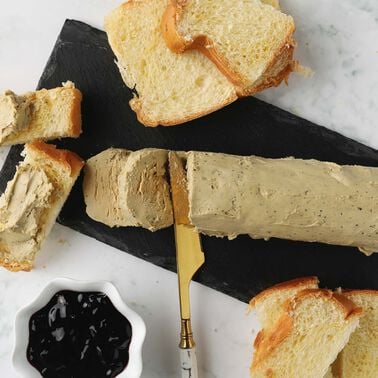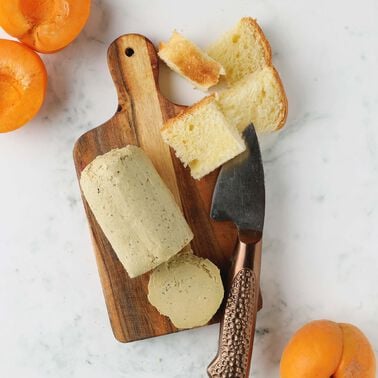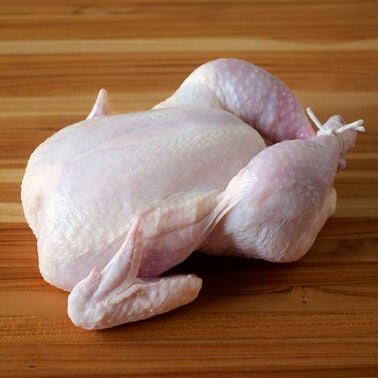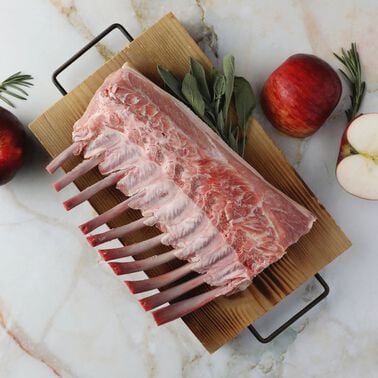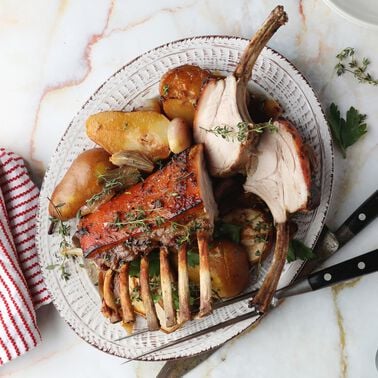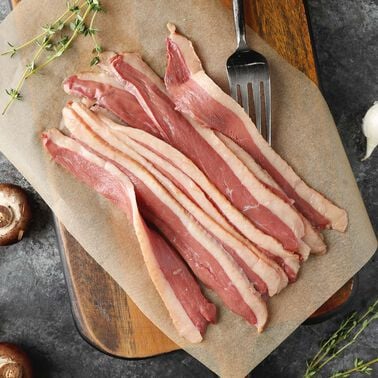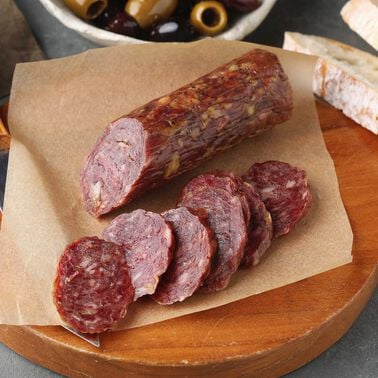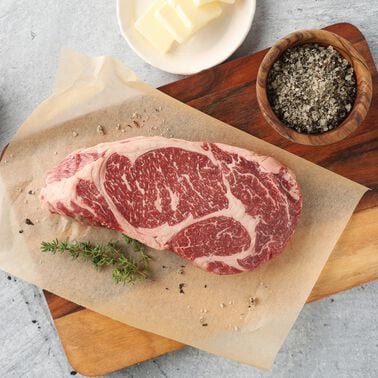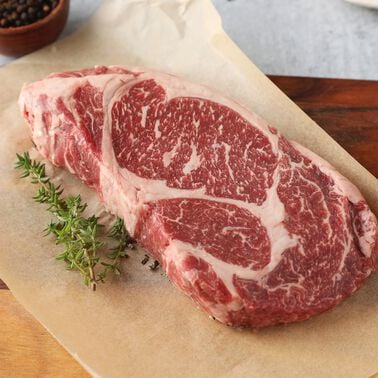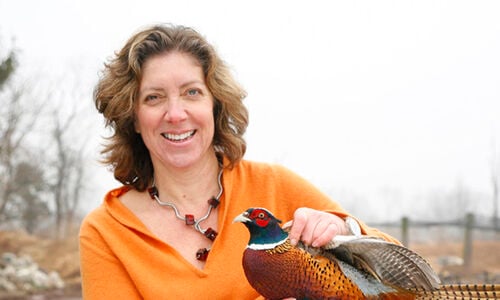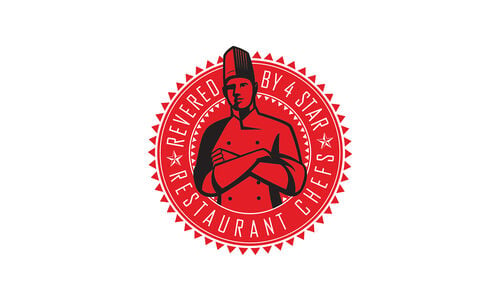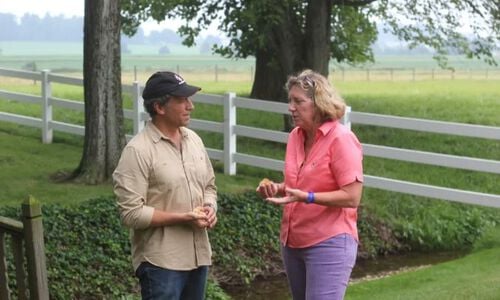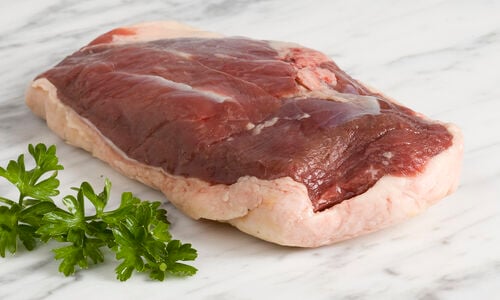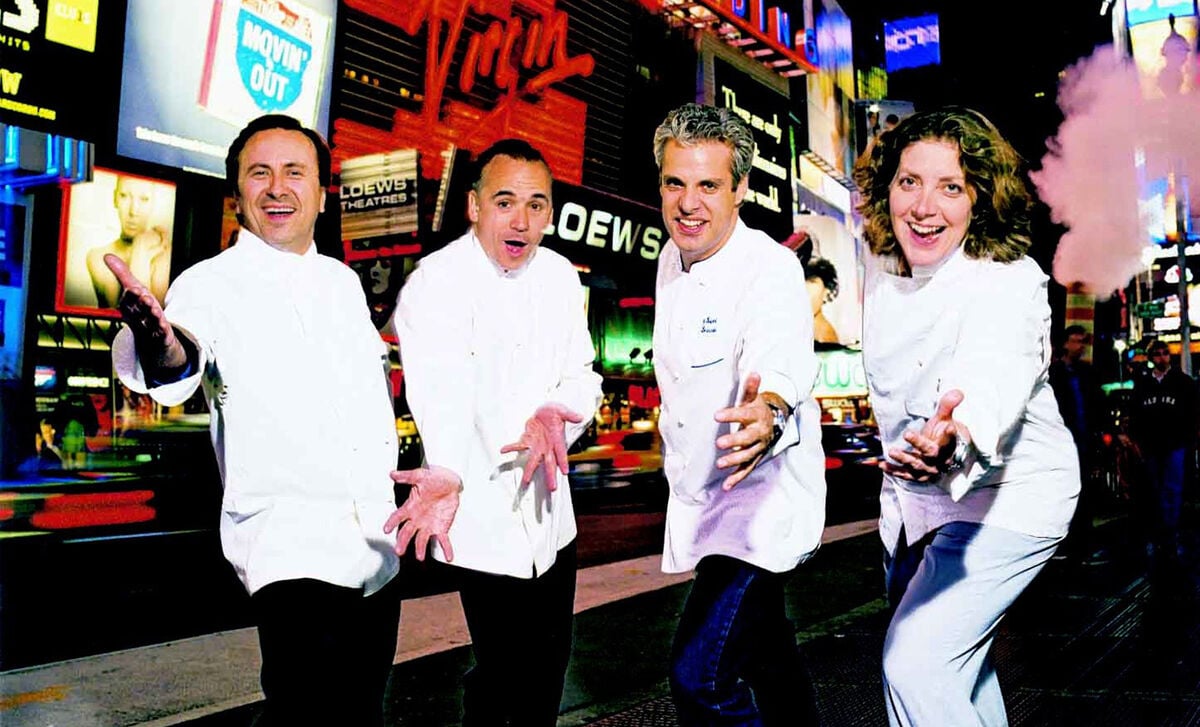
The Early Days
Ariane Daguin was going to college and working part-time for a New York pâté producer, which was where she met the first foie gras producers in the United States. Her employers declined to go into business with the duck farmers, so Ariane quit her job, left school, and pooled her limited financial resources with those of a co-worker. Inspired by her own bravura, she named their new company after D'Artagnan, that real-life musketeer made famous by a certain novel.
D’Artagnan began with that single product, but Ariane knew that the other parts of the duck were tasty, too. After all, her father was the pioneer chef who seared the first duck breast and served it rare, like a steak. In Gascony, no part of the duck is wasted, so pretty soon D’Artagnan was selling the rest of the duck in confit, breast, pâté, and sausage form.
And it didn't stop there. Ariane wanted Americans to experience food the way she did growing up, so she partnered with small, family-owned farms and organized cooperatives that focused on the welfare of the animals, much like it is done in France.
The farmers and ranchers had to adhere to certain protocols, such as: never, ever administering growth hormones or antibiotics; feeding animals a clean, natural, and appropriate diet of grasses and grains; and allowing animals their natural behaviors and space to roam.
The Restaurant Revolution
D’Artagnan’s inception truly influenced the culinary landscape in America, since it coincided with America's growing interest in gourmet food. Chefs had no consistent resource for beautiful, fresh game, meat, and poultry, but when D’Artagnan made fresh game birds, rabbits, heritage-breed pork, buffalo, capons, and other previously difficult-to-find products readily available, a whole new era in American cooking began.
D’Artagnan began offering chicken, too; and not just any chicken, but organic chicken before there was an official organic certification program, before the USDA even acknowledged the term.
As the restaurant revolution took off, home cooks demanded access to the delicious food they had experienced while eating out in the new breed of restaurants. D’Artagnan answered the call by creating an ever-expanding line of retail products. Pâtés, terrines, sausages, bacon, cured meats, and other delicious prepared products rolled out, all sporting the jaunty duck logo with the musketeer hat. Organic chicken, heritage breed turkey, wild boar, humanely-raised veal, and more, were all packaged for retail consumption, and the grocery stores loved it. So did their customers.
The Story Continues...
Nearly forty years on and counting, D’Artagnan continues to anticipate the demands of the palates of American chefs and consumers, offering imported Spanish Mangalica hams, milk-fed porcelet piglets, New Zealand venison, wild mushrooms, and hunted Scottish game birds. In recent years, the Rohan duckling, a hybrid heritage breed raised exclusively for D’Artagnan was introduced. Then the Green Circle Chicken, a unique vegetable-fed bird that eats excess vegetables rescued from restaurant kitchens and markets, was made available to chefs and retail customers alike.
Today, D’Artagnan stands as a pioneer in a movement that is chock full of buzzwords. Farm-to-table, artisanal, free-range, grass-fed; all of these are in the DNA of the company, because to Ariane that is just the way things should be done. She built D’Artagnan on the idea that the care taken on the farm can be tasted on the plate. In other words (her own), "A happy chicken is a tasty chicken."
